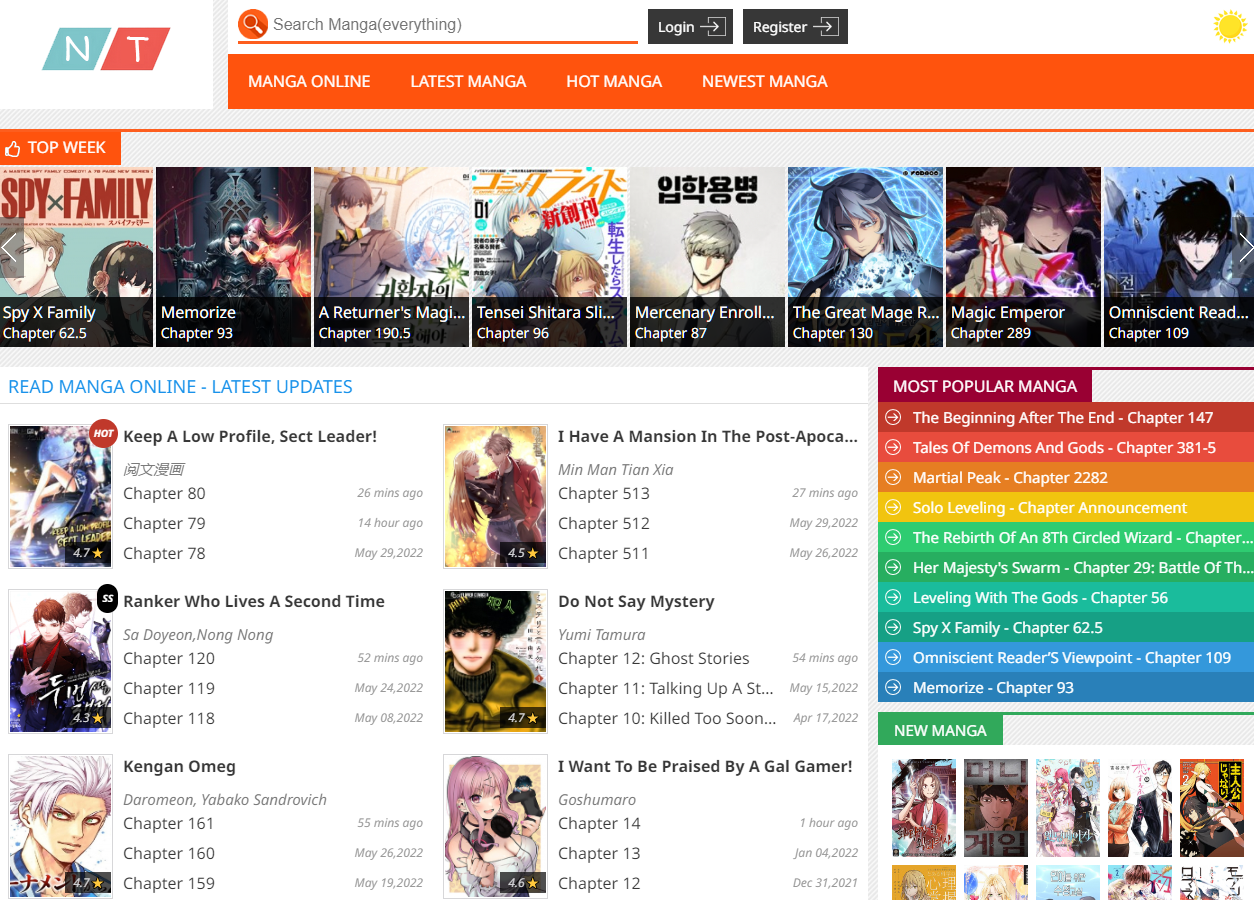🌟 Dịch Vụ Chất Lượng Cao 🌟
✓ 301 Redirect: Chuyển hướng domain an toàn, giữ nguyên giá trị SEO
✓ Guest Post: Đăng bài chất lượng trên các website uy tín
✓ Hỗ trợ tư vấn 24/7
✓ Báo giá cạnh tranh
✓ Thời gian xử lý nhanh chóng
📱 Liên hệ ngay qua Telegram: @subdomaingov
⚡ Hỗ trợ tư vấn miễn phí
Gakeppuchi Neko Wa Shimei Ga Hoshii
₫1.233.752
Gakeppuchi Neko Wa Shimei Ga Hoshii -+: Mature Stories That Will Leave an Impact
Product description
, exploring its central themes and captivating characters. This manga, steeped in emotion and artistry, takes readers on a compelling journey of self-discovery through the lens of music and youth.
The Heart of Chinatsu No Uta: A Brief Overview
Before diving deep into the intricate layers that make "Chinatsu No Uta" a must-read, it's crucial to understand the basic premise of the story.
"Chinatsu No Uta" revolves around the life of a young girl named Chinatsu who discovers her passion for music amid the chaos of adolescence. The narrative artfully portrays how music serves as both an escape and a means of connection for Chinatsu, allowing her to express her innermost feelings and navigate through the trials and tribulations of growing up.
The story begins with Chinatsu feeling lost and uncertain about her place in the world. She grapples with the typical challenges of teenage life, including friendships, family dynamics, and self-identity. As she immerses herself in music, it becomes a powerful tool for her emotional expression, leading to transformative experiences that resonate deeply with readers.
The Themes of Friendship and Connection
Friendship plays a pivotal role in "Chinatsu No Uta," acting as a catalyst for personal growth and self-realization.
The Importance of Supportive Relationships
Throughout the manga, Chinatsu forms deep bonds with her friends, each character contributing uniquely to her journey. Their interactions highlight the importance of having a support system during formative years. These relationships are painted with realism, showcasing the joy and struggles that come with friendship.
Chinatsu's best friend is particularly significant, providing a mirror to her own insecurities while encouraging her to embrace her passions. As they share dreams and fears, readers are reminded of their own friendships and the impact these relationships have on our lives.
Navigating Conflict and Resolution
However, like any relationship, conflicts arise, testing the resilience of Chinatsu's friendships. The manga does not shy away from depicting misunderstandings and disagreements, making it relatable for anyone who has experienced tumultuous friendships in their youth.
These moments prompt introspection and growth, pushing Chinatsu and her friends to communicate openly and resolve issues constructively. The resolution scenes are heartwarming and poignant, emphasizing the idea that true friendship can weather storms if nurtured with love and understanding.
The Role of Music in Building Connections
Music, as a universal language, acts as a bridge between Chinatsu and her peers. Through shared musical experiences—whether it's jamming together or attending concerts—they forge connections that deepen their bonds.
Chinatsu's journey in learning to play instruments and write songs brings people together, illustrating how creativity fosters camaraderie. This theme resonates strongly with those who appreciate music's power to unite individuals across diverse backgrounds.
The Impact of Self-Discovery and Personal Growth
Another core element of "Chinatsu No Uta" lies in the journey of self-discovery that Chinatsu undergoes throughout the narrative.
Embracing Vulnerability
At the beginning of the story, Chinatsu struggles with expressing her emotions and often feels overwhelmed by the expectations placed upon her. Her journey toward embracing vulnerability becomes a central plot point.
As she gains confidence through her musical pursuits, she learns that it's okay to be imperfect and that embracing one's flaws is a part of being human. This realization resonates with readers who may also grapple with self-acceptance, making Chinatsu's experience feel incredibly relatable.
Overcoming Adversity
Adolescence is not without its challenges, and "Chinatsu No Uta" does an outstanding job of addressing the various adversities that Chinatsu faces. From familial expectations to societal pressures, these obstacles provide depth to her character development.
The way Chinatsu confronts these challenges with determination and courage inspires readers to reflect on their own struggles. Her ability to channel her frustrations into music becomes a form of therapy, showing how art can be a healing force.
Finding One's Passion
A crucial aspect of self-discovery is finding what one is truly passionate about. For Chinatsu, music becomes her sanctuary, a creative outlet that allows her to explore her identity beyond societal limitations.
Her evolution from a hesitant, unsure girl to a confident musician serves as a reminder that pursuing one's passion can lead to profound personal fulfillment. Readers witness how Chinatsu's dedication transforms her not just as a musician but as a person.
Exploring Family Dynamics and Expectations
Family dynamics hold significant weight in "Chinatsu No Uta," shaping Chinatsu's worldview and emotional landscape.
The Influence of Parental Expectations
Chinatsu's relationship with her parents reflects the complexities many adolescents face regarding expectations. Her parents, hoping for her success, unintentionally impose pressure on her to conform to traditional paths, leading to internal conflict.
The tension between Chinatsu's aspirations and her parents' desires drives much of the emotional conflict in the story. Readers can empathize with this struggle, recognizing how familial expectations can influence choices and shape identity.
Communication Breakdowns
Miscommunication often leads to misunderstandings within Chinatsu's family. The portrayal of these breakdowns adds realism to the narrative, reminding readers that open dialogue is essential in maintaining healthy relationships.
Chinatsu's eventual efforts to articulate her feelings to her parents represent a turning point in the story. It highlights the importance of honest communication, especially when navigating the turbulent waters of adolescence.
Reconciliation and Healing
Ultimately, "Chinatsu No Uta" showcases the potential for reconciliation and healing within families. As Chinatsu learns to assert her independence while still valuing her family's opinions, readers are left with a sense of hopefulness.
The scenes depicting family discussions serve as a reminder that while tensions may arise, there is always room for understanding and love if both parties are willing to engage.
FAQs
What is the main storyline of Chinatsu No Uta?
The story follows Chinatsu, a young girl who discovers her passion for music while navigating the challenges of adolescence, friendships, and familial expectations.
What themes are prominent in Chinatsu No Uta?
Key themes include friendship, self-discovery, personal growth, family dynamics, and the power of music as a means of expression.
How does music play a role in Chinatsu's life?
Music serves as an emotional outlet for Chinatsu, helping her connect with friends, express her feelings, and foster personal growth.
Are there any relatable characters in Chinatsu No Uta?
Yes, the characters are crafted with depth, showcasing realistic struggles that resonate with readers, particularly regarding friendships and family relationships.
Is Chinatsu No Uta suitable for all ages?
While it primarily targets a teen audience, its themes are universal and can be appreciated by readers of various ages.
Conclusion
In conclusion, "Chinatsu No Uta" captures the essence of youth and the transformative power of music. Through Chinatsu's journey of self-discovery, readers are encouraged to embrace their vulnerabilities, pursue their passions, and cherish the connections forged along the way.
This manga serves as a poignant reminder that life's challenges can lead to beautiful growth, echoing the sentiment that music—and the shared experiences surrounding it—can heal, inspire, and unite us all.
Manga Summary Chinatsu No Uta - An Emotional Journey Through Youth and Music
In this article, we delve into an enriching manga summary Chinatsu No Uta







